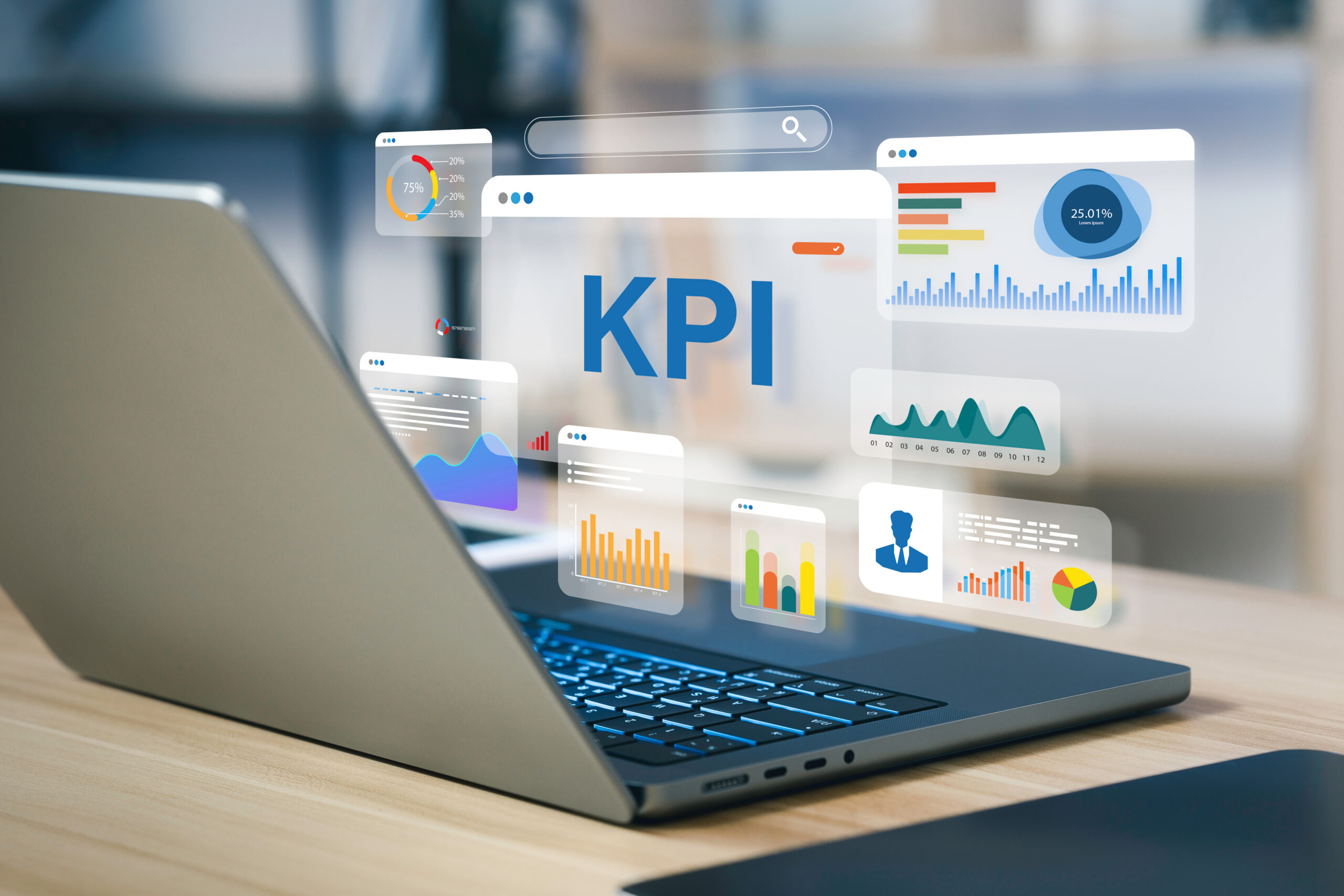Successful companies of all stripes use key performance indicators (KPIs) to monitor their financial health and spot red flags. Well, you know what? Construction businesses can do it, too. And you should. Let’s review some of the most important KPIs for contractors to calculate.
Profitability metrics
Net income is among the most widely cited metrics related to profitability, but there are plenty of others. For example, keep an eye on gross profit margin. When applied on a per-project basis, it’s calculated as:
Total revenue – total project costs / total job revenue × 100
You can also calculate gross profit margin for your overall business as:
Total revenue – COGS / total revenue × 100
COGS is an abbreviation for cost of goods sold, which, for construction companies, generally includes direct and indirect costs of completing projects.
The higher your margin, the more profitable your construction company. According to the results of the Construction Financial Management Association’s (CFMA’s) 2024 Construction Financial Benchmarker online survey, the top 25% of performers among all respondents achieved a gross profit margin average of 21.8% of total revenue.
An even more definitive profitability metric is net income margin. It’s calculated as:
Total revenue – net income / total revenue × 100
Net income is a business’s total revenue less all expenses — including operating costs, interest and taxes.
Short-term funding metrics
These KPIs assess your construction company’s ability to pay its obligations over the next year. One such metric is working capital, or the ability to cover short-term obligations and support daily operations. It’s calculated as:
Current assets – current liabilities
Examples of current assets include cash and accounts receivable, and examples of current liabilities include short-term loans and accounts payable.
A similar KPI is current ratio (sometimes called working capital ratio). It’s calculated as:
Current assets / current liabilities
Current ratio reflects your business’s ability to pay debt due within the year using its existing assets.
Quick ratio is another metric that demonstrates your construction company’s ability to pay short-term obligations. However, it also considers the liquidity of your current assets — in other words, how quickly you could pay current liabilities. It’s calculated as:
Current assets – inventory / current liabilities
The CFMA’s Benchmarker survey found that the average quick ratio in 2023 for all respondents was 1.4.
For all three KPIs in this category, higher figures generally indicate stronger financial and operational health, suggesting that you can safely invest in growth without jeopardizing operations because of excessive debt.
Cash flow metrics
Cash flow is critical to maintaining daily operations. But it can ebb and, well, flow — especially for construction businesses. One KPI to track closely is net cash flow, which shows the flow of cash for a specific period. It’s calculated as:
Cash received – cash spent
Negative net cash flow may signal that your accounts receivable are lagging and you need to become more aggressive with your collection efforts. However, it’s not always a bad sign. For example, if you just launched a major business development initiative, negative net cash flow could mean that you’ve incurred costs without reaping the benefits yet.
You should also monitor days in accounts receivable (also known as days sales outstanding). This KPI measures the average number of days your company takes to collect payment on invoices after you issue them. It’s calculated as:
Average accounts receivable for the year / total invoiced amount for the year × 365
When the result begins to climb over 30 days, take note. That may indicate an upcoming cash flow crunch. And if the average exceeds the agreed-upon payment terms of your contracts, you probably need to intensify collections.
Snapshots in time
Remember, each KPI you calculate is just a snapshot in time. For best results, pick the most useful ones and track them continuously. Use benchmarking to spot trends both within the year and from year to year. Please contact us for help choosing, calculating and tracking your construction company’s optimal financial performance metrics.
© 2025


